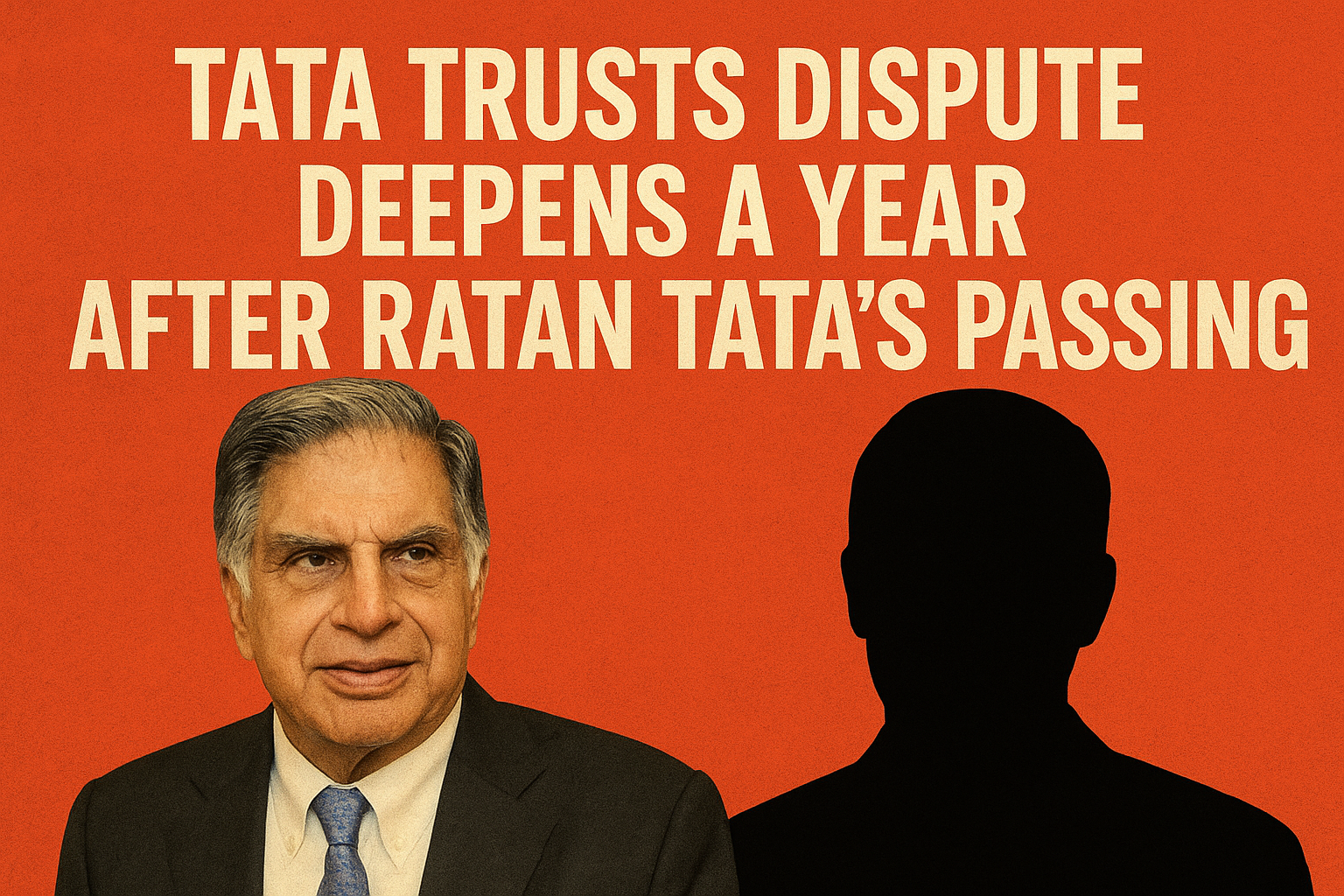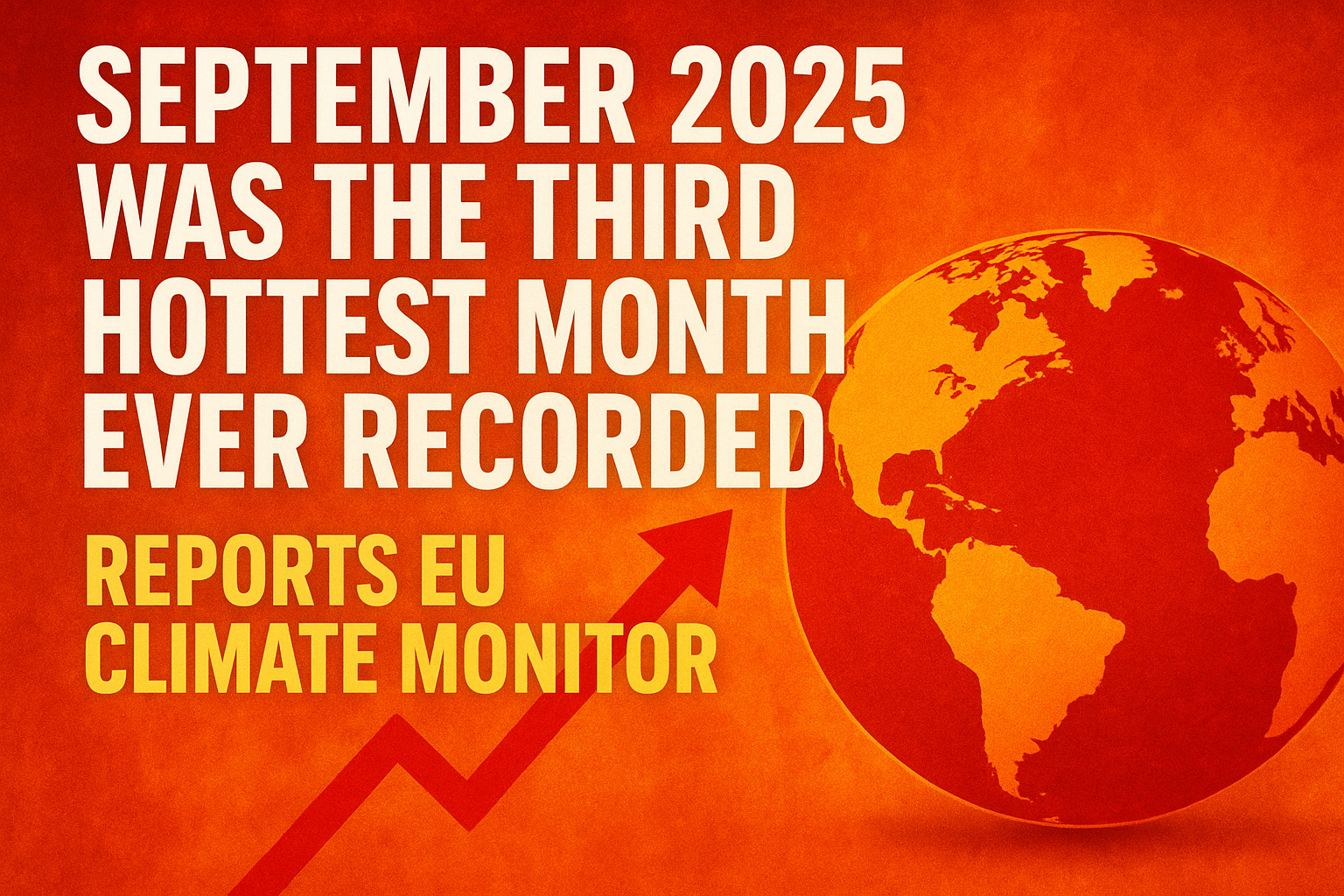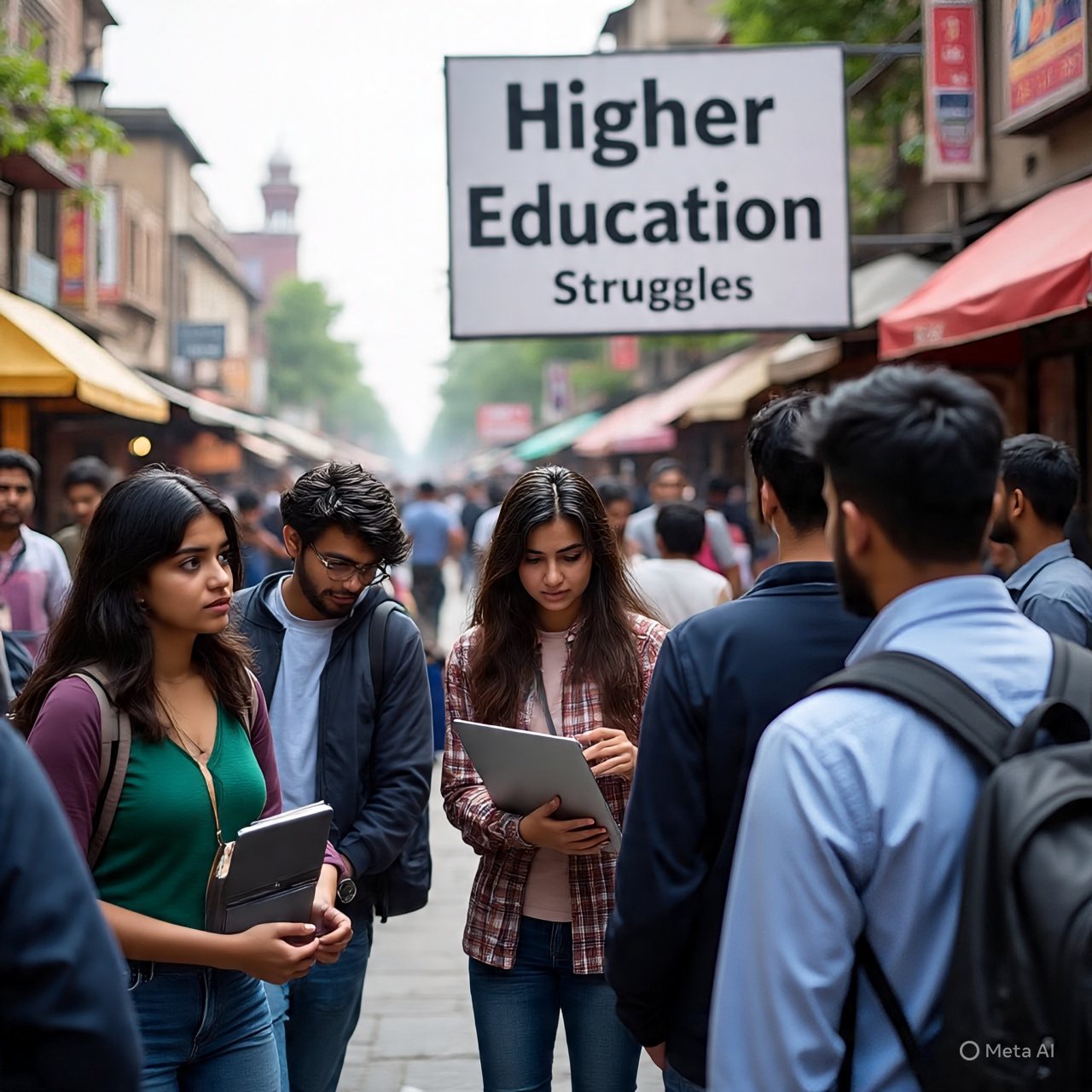
Higher education in India was once seen as a symbol of pride and progress. Parents dreamed of sending their children to universities that would open doors to better jobs and lives. However, in the past decade, this dream has started to lose its shine. The quality of higher education in India is facing many challenges. From outdated courses to lack of research support, the system is struggling to prepare students for a rapidly changing world.
One of the biggest problems is the mismatch between what students study and what the job market needs. Most universities still follow old syllabuses that do not match modern skills. Technology and industries evolve fast, but education policies move slowly. For example, many colleges continue to focus on rote learning instead of creativity, problem-solving and innovation. As a result, students graduate with degrees but without the skills employers want. This gap explains why many young graduates remain unemployed or underpaid.
The second major issue is the uneven quality of institutions. India has a few world-class universities like the Indian Institutes of Technology and the Indian Institutes of Management, but thousands of other colleges struggle with poor facilities, weak teaching and low funding. According to data from the All India Survey on Higher Education, nearly 80 percent of students are enrolled in private institutions, yet many of these lack proper infrastructure and qualified faculty. Only a handful of universities meet global academic standards.
Research output is another area where India falls short. While the number of research papers has increased, the quality and innovation behind them often remain low. Most universities lack funds for research laboratories, international collaboration and scientific equipment. The focus is on passing exams rather than developing new ideas. This limits India’s ability to produce inventions or discoveries that can compete globally. Without strong research, universities cannot drive innovation or contribute to national growth.
The issue of accessibility also adds to the problem. Higher education is still out of reach for many students from rural areas or lower-income families. Though government schemes aim to promote inclusion, the cost of college education has risen steadily. Many students are forced to take loans or drop out due to financial pressure. Digital education promised to bridge this gap, but unreliable internet and lack of devices in rural India have created new inequalities.
The National Education Policy 2020 tried to introduce reforms by encouraging multidisciplinary learning and flexibility in courses. It also focused on improving vocational training and promoting foreign collaborations. While these steps are positive, their impact has been limited because many states and universities have been slow to adopt the changes. Bureaucratic hurdles and lack of accountability have delayed progress.
Faculty shortage is another serious concern. Many universities face vacancies that remain unfilled for years. Overworked teachers with low salaries struggle to focus on mentoring or research. Without proper training and incentives, it is difficult to maintain academic excellence. This has created a cycle where weak teaching leads to poor student performance, which then lowers institutional reputation.
International rankings reflect this crisis. Only a few Indian universities appear in the top 300 globally. Countries like China, Singapore and South Korea have invested heavily in education and research, while India continues to lag behind. Experts believe that if India wants to become a global knowledge hub, it must spend more on higher education and improve governance.
In the past decade, there has been rapid growth in student enrollment but not in quality learning. More students now attend college, but many graduate without employable skills or research exposure. This quantity-over-quality approach may provide short-term results but harms the country’s long-term competitiveness.
To fix this, India needs a bold and consistent strategy. Courses must be redesigned to meet future needs. Universities should encourage research, critical thinking and collaboration with industries. Scholarships and digital infrastructure must expand so that no deserving student is left behind. Most importantly, education should focus on building curiosity and confidence rather than just degrees.
Higher education in India is at a turning point. It has the potential to transform millions of young lives and shape the nation’s progress. But unless it moves beyond outdated practices and poor governance, the promise of a bright academic future will remain unfulfilled. The next decade must be about reform, innovation and inclusion if India wants its universities to stand among the world’s best.



.jpeg)

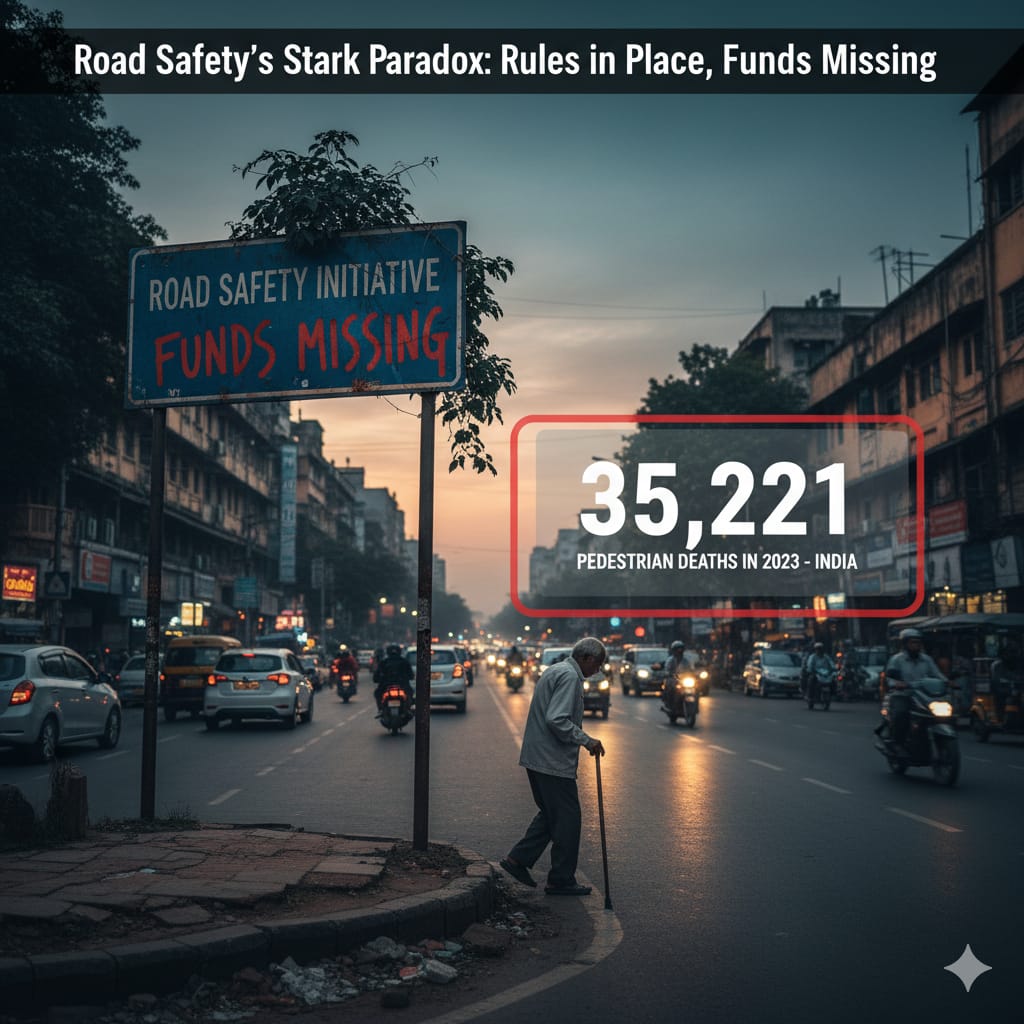
.jpeg)

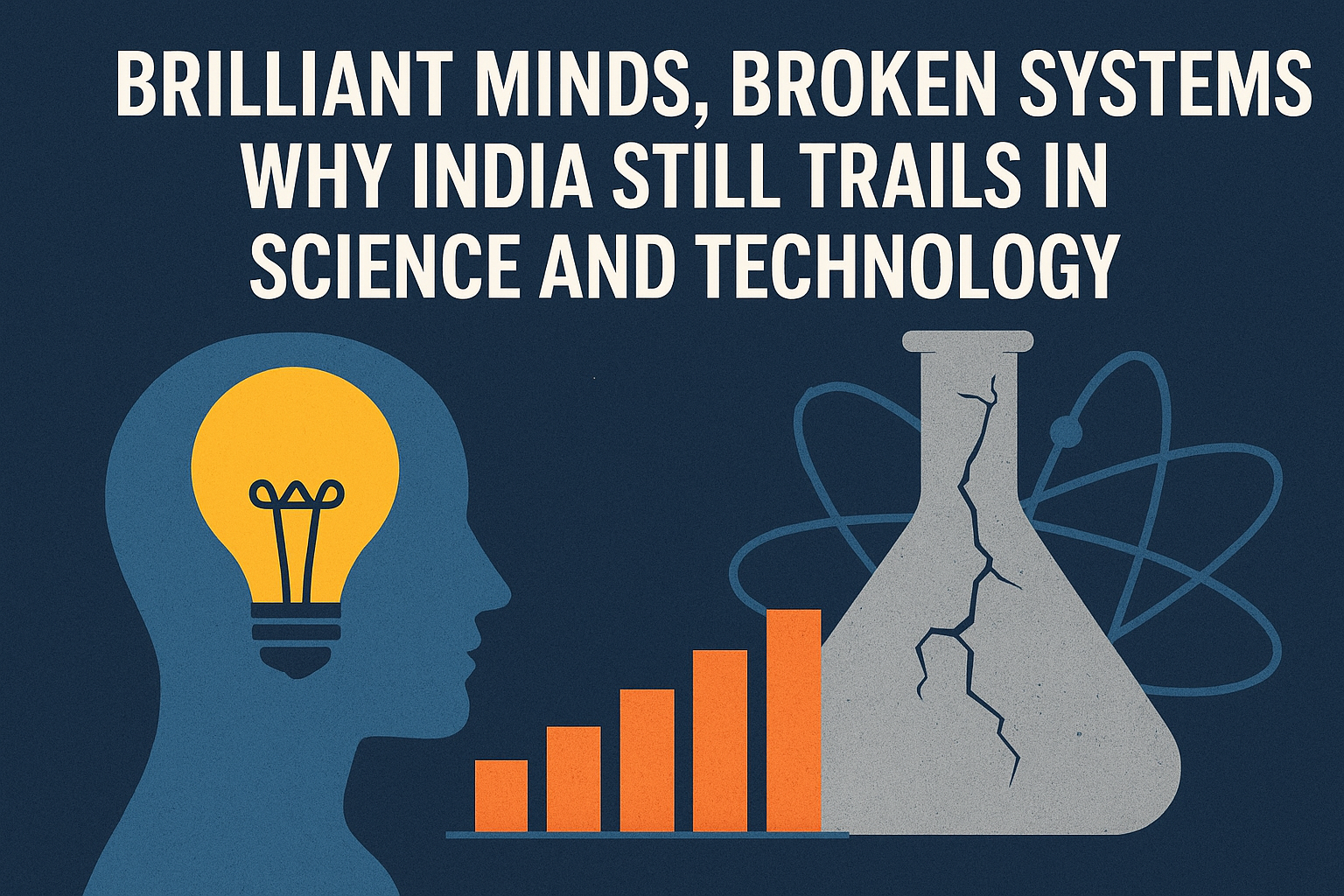


.jpeg)







